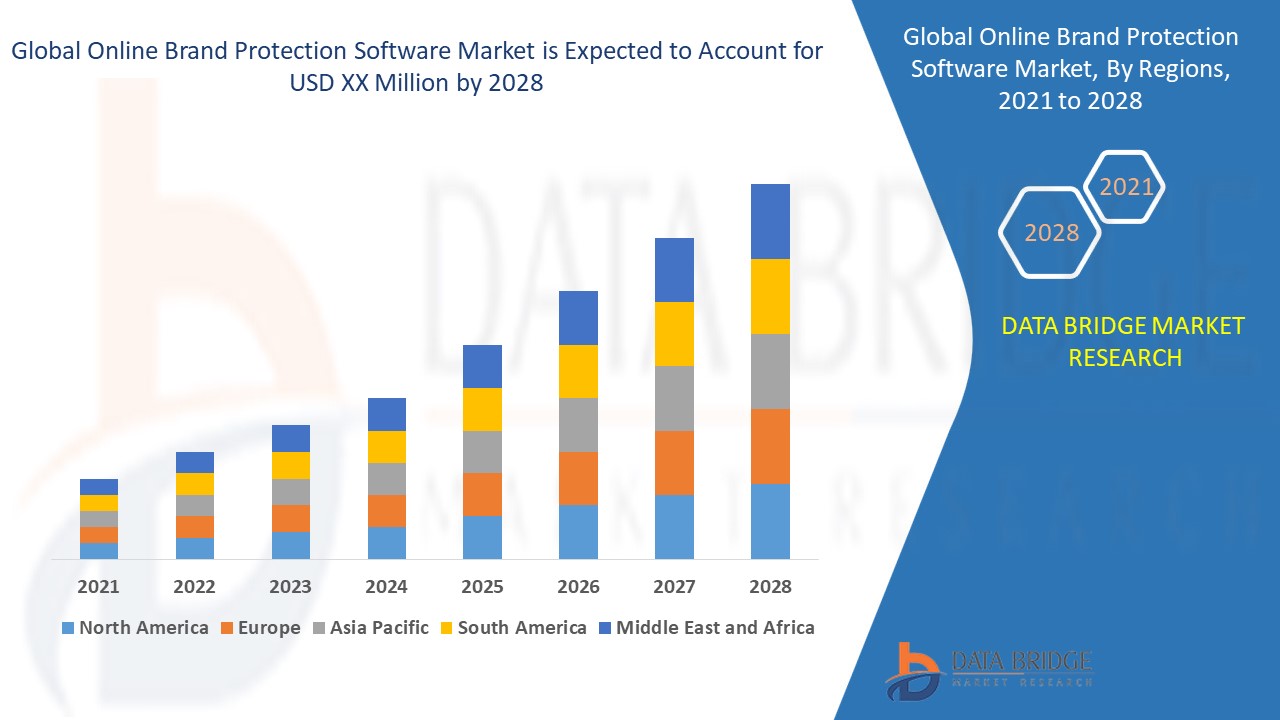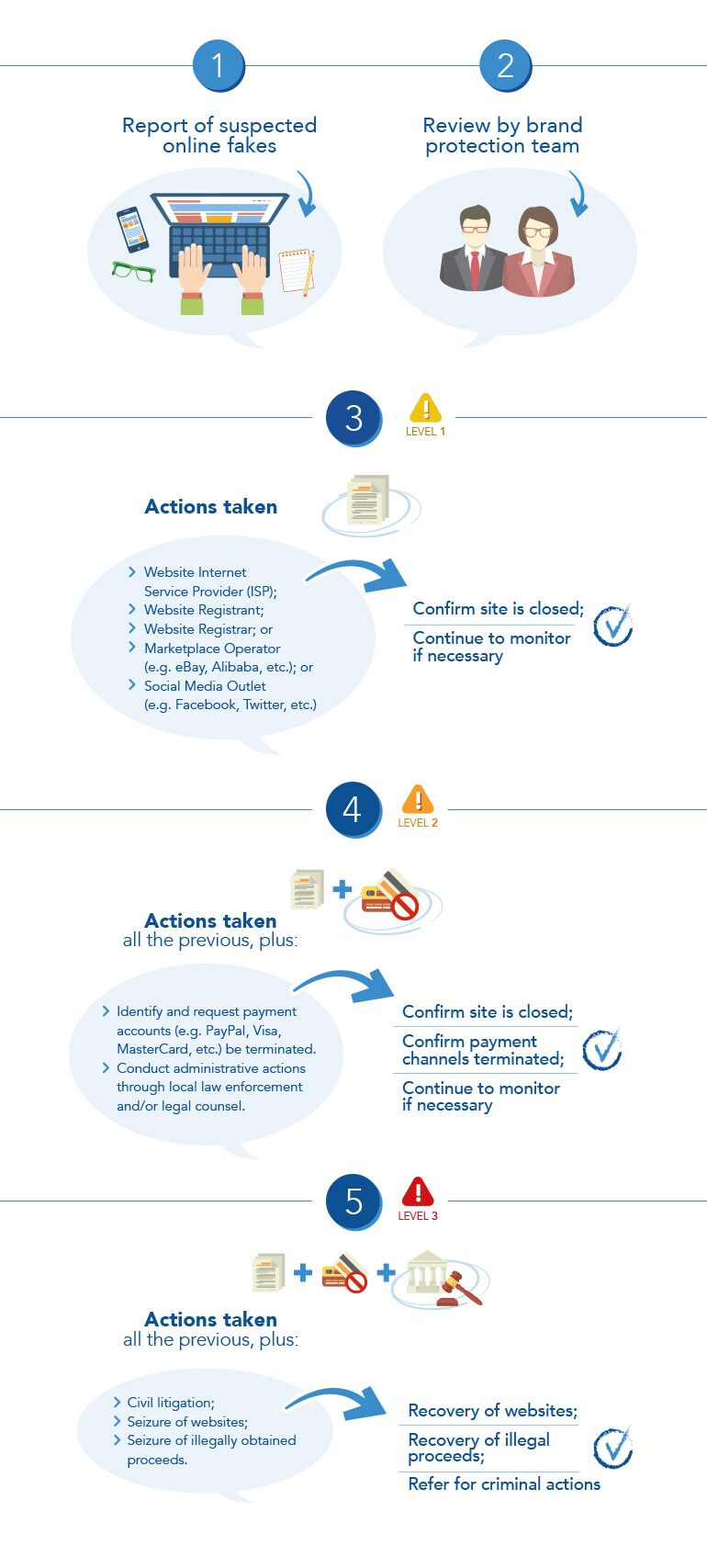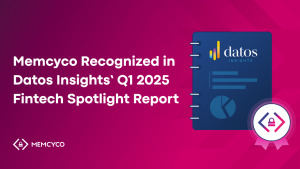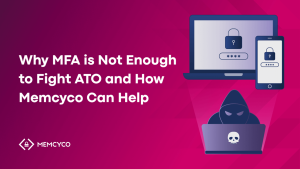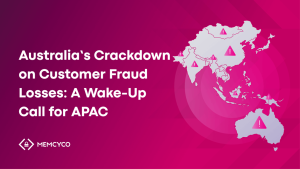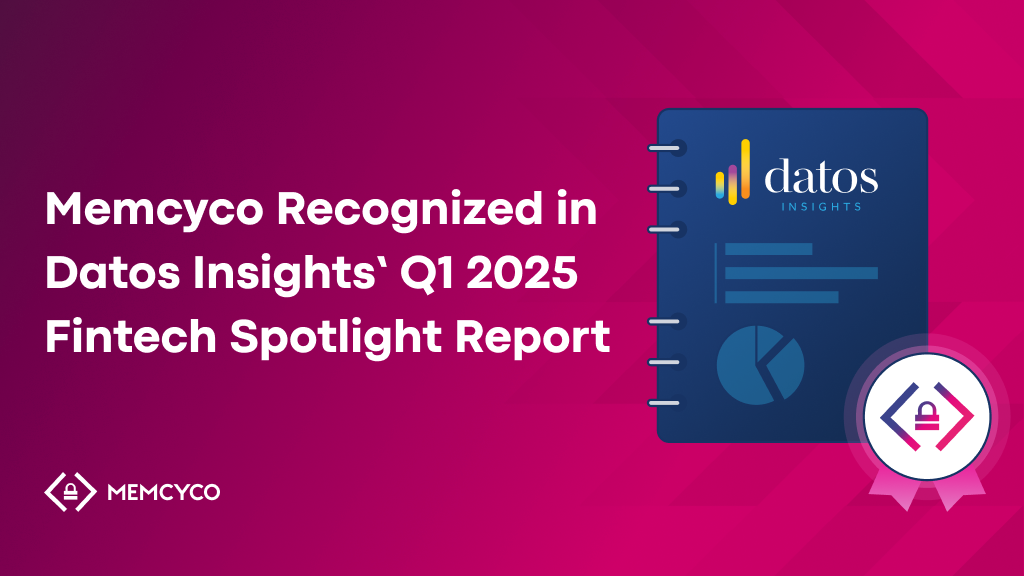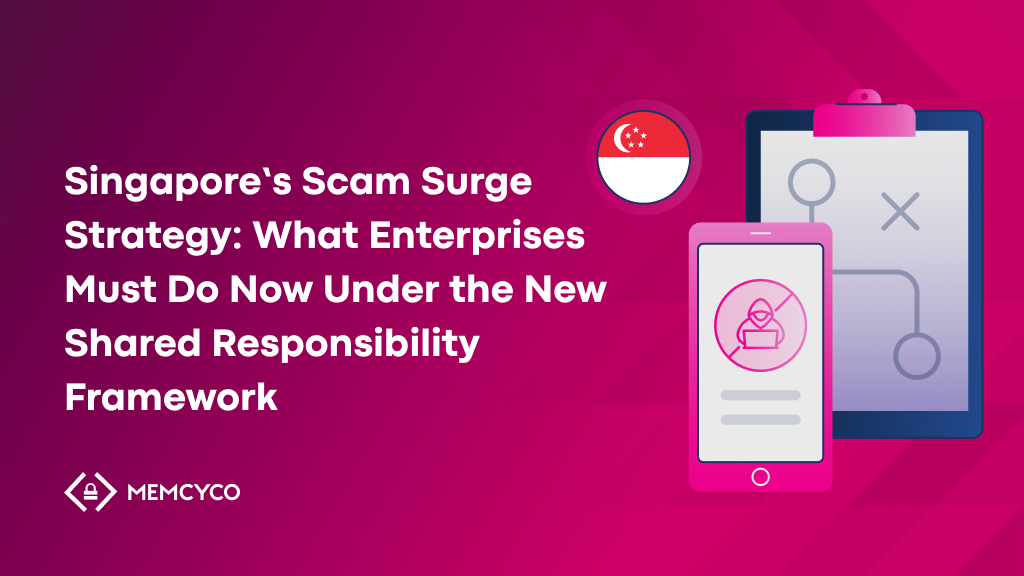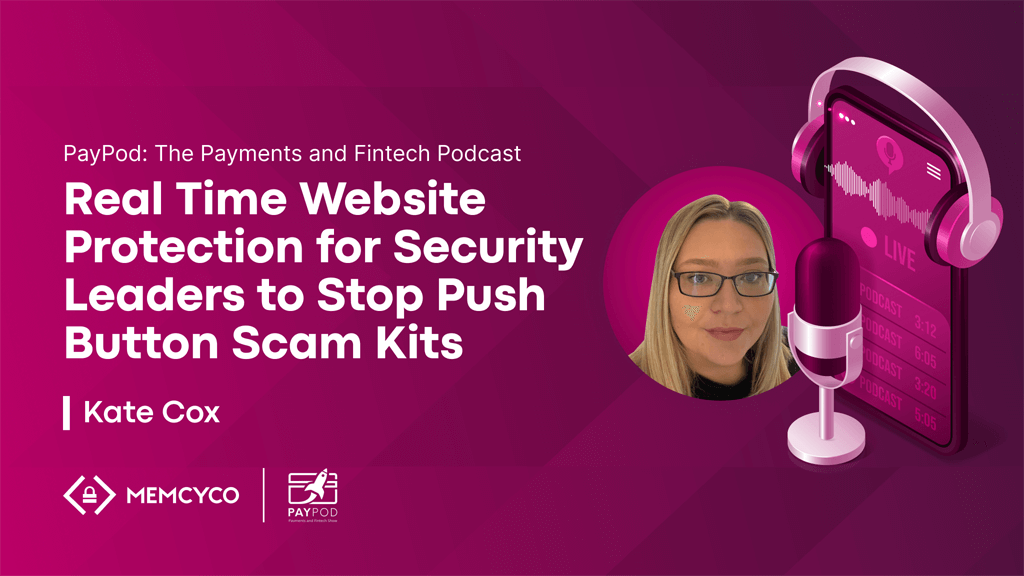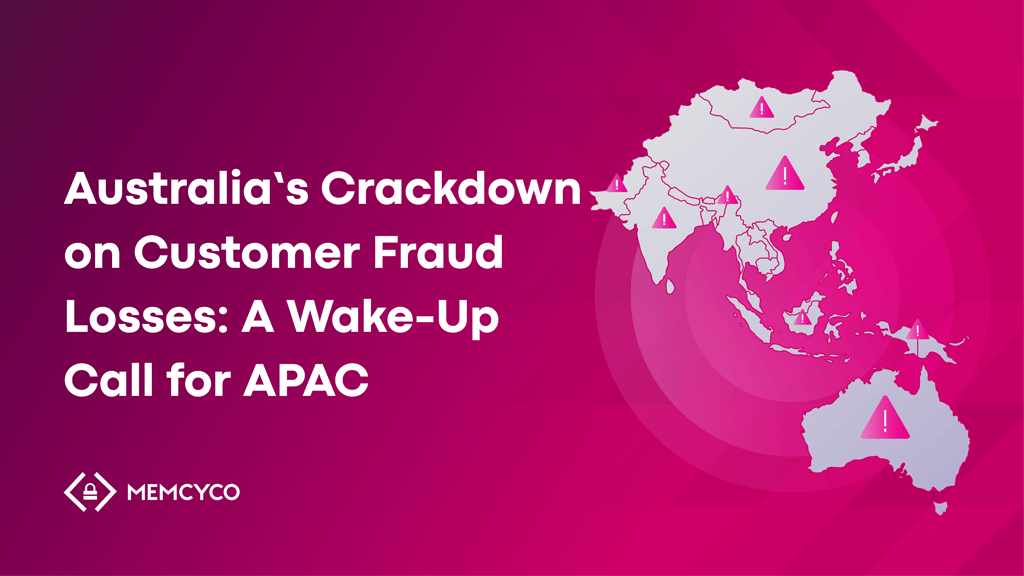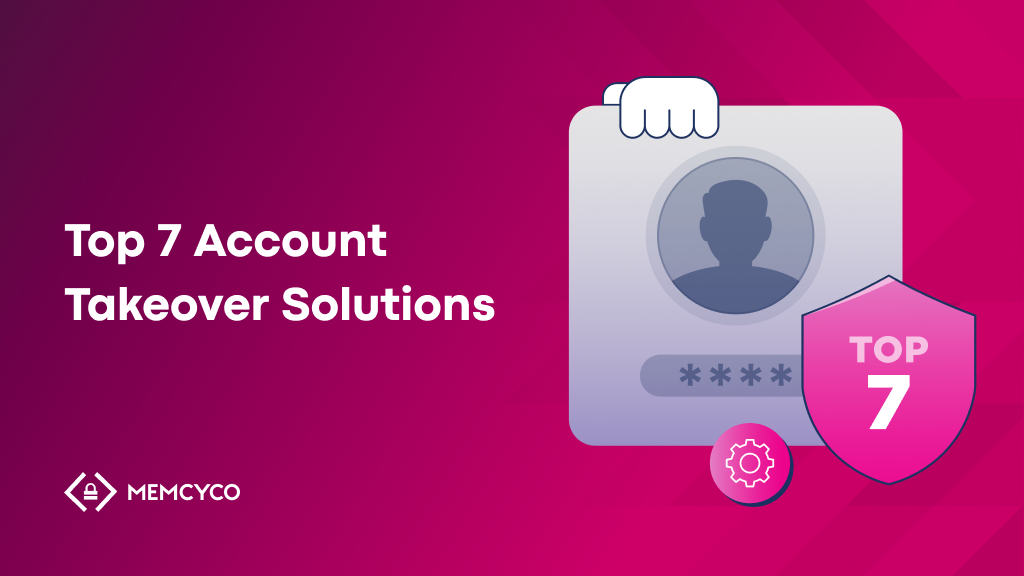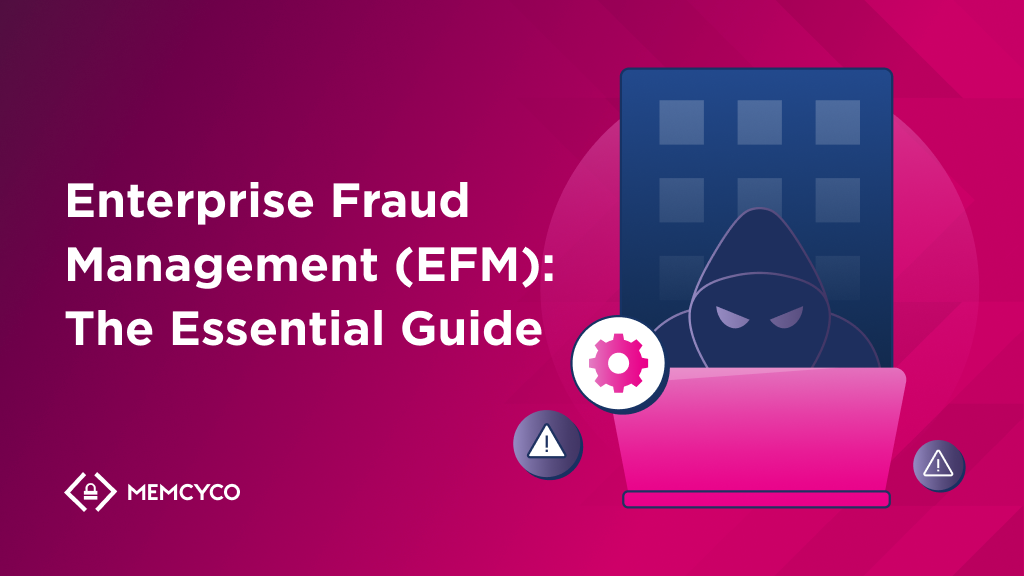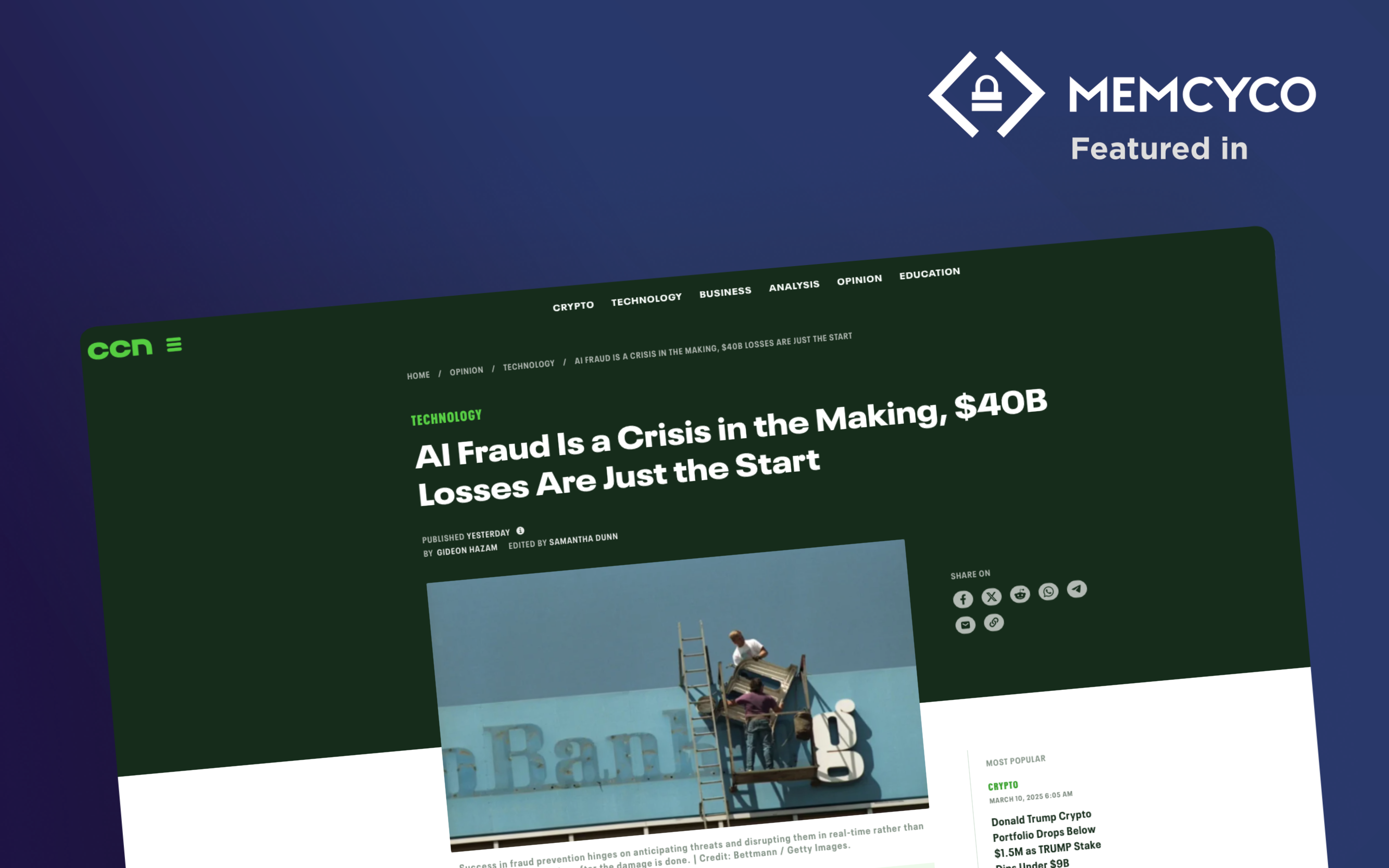They say imitation is the most honest form of flattery—but it’s also the most expensive form, especially for online brands. The price of success often conceals a hidden cost in online brand impersonation, which, if left unchecked, can destroy a brand.
According to the FTC, brand abuse cost consumers hundreds of millions over the past few years. How much did it cost brands to recover lost digital trust? We may never know exactly, but one thing is clear: even if your brand isn’t one of the top impersonated brands online, you should still take steps to protect it. That’s where online brand protection comes in.
Before we list the signs and indicators that your business may need an online brand protection strategy, let’s define exactly what online brand protection means for fraud prevention and digital business teams.
What is online brand protection, and why is it so important?
In today’s digital economy, brand interactions, transactions, and discussions occur predominantly online, making protecting your brand’s reputation and intellectual property vital for business success and growth.
Online brand protection is a broad set of tools and practices that help safeguard a brand’s identity, reputation, and intellectual property (IP) rights on the Internet. Protecting your brand online entails monitoring websites, social media platforms, search engines, online marketplaces, and ad networks in an ongoing effort to find, resolve, and prevent the abuse of your brand.
Brands are targeted with a wide array of cyberattacks, including brand hijacking, trademark piracy, phishing, domain and website spoofing, and other brand impersonations. With the market for brand protection software rapidly growing, it’s apparent that brands are taking these threats more seriously than ever before.
What are the benefits of online brand protection?
Including online brand protection in your fraud and risk management strategies can add a unique layer of protection against brandjacking and cybersecurity threats to your online assets.
Key benefits of online brand protection include:
- Gaining visibility into brand abuse threats before they become costly attacks across the web and at the point of impact – your website.
- Nurturing digital trust by including a spoof-proof digital watermark on your digital assets.
- Taking a proactive approach to protecting your brand in the digital realm rather than responding to attacks after the damage is done.
- Stopping counterfeit sales to curb the loss of business and potential damage to your brand’s reputation.
- Enforcing IP rights requires the documentation of brand infringements, providing evidence for legal action when necessary.
7 Signs to Know If You Need Online Brand Protection
Not every brand needs to be protected. For example, cybercriminals are not very likely to invest time and money in spoofing the web presence of some niche website that doesn’t collect PII (personally identifiable information) or credit card details. Cybercriminals, “bad actors”, are far more likely to gravitate toward well-known brands like government agencies, high-end consumer brands, and popular digital services.
How can you tell if your brand is an attractive target for brandjackers or may already be under attack by them? Look for the following signs:
1. Phishing and Smishing Attacks
Are your clients getting text messages and emails with your brand name and logo that you didn’t send? If the answer is yes, your brand is under attack, and you are in dire need of an online brand protection solution.
According to a recent study, at least 7.42% of website visitors supply their credentials to spoofed websites and ultimately experience a compromise and subsequent fraudulent transaction. In addition, a small number of highly successful campaigns are responsible for 89.13% of victims. So if the attack was successful, you are likely to see it repeated by the same cybercriminals or a different group.
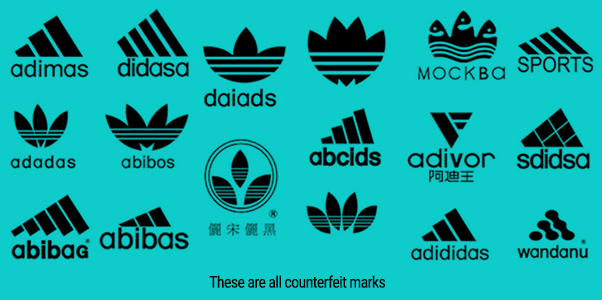
2. Negative Brand Sentiment
A sudden and inexplicable drop in online brand sentiment analytics can indicate a brandjacking attack has eluded your fraud detection systems.
For example, your products may suddenly get numerous negative reviews on review platforms, and angry customers are taking to social media to showcase your supposed defective product. This activity often indicates a counterfeiting scheme or some other type of trademark infringement.
3. Data Breach or Leak
Having your user base exposed in a cyberattack is not a pleasant experience for anyone involved, and it can haunt your brand for years to come. Long after you’ve sealed the vulnerabilities and reimbursed the impacted clients, the compromised data may still be circulating on the Dark Web.
Since there is nothing you can do to take the data back, you can employ online brand protection solutions that can extend protection to your users. These solutions ensure digital trust so they can safely and confidently interact with your real digital properties.
4. Suspicious Website User Behavior
Cybercriminals are very good at hiding their tracks and rarely leave traces in common user behavior analytics platforms or web server logs. However, if you uncover suspicious activity on your website or have an online brand protection suite that can detect it, you will need to take immediate action.
For example, visitors to your “Login Successful” page from unknown domains might be fraud victims being redirected to your website after providing cybercriminals with their login information.

5. Counterfeit Products & Unauthorized Resellers
This issue is fairly unique to consumer brands, counterfeit and “gray market” sales can impact customer trust as well as disrupt pricing strategies and distributor relationships. If you’ve discovered that your products are being resold without your authorization, you should consider taking steps to prevent brand dilution and loss of market share.
6. Domain Squatting or Spoofing
If your brand name is familiar enough, then you’ve probably encountered domain spoofing and squatting in the past. Here’s how it works: Someone registers a domain name similar to your brand’s and then uses it to host a fake website masquerading as yours.
You can employ domain registrar and DNS scanners to uncover potential instances of domain name abuse, but it’s mathematically impossible to account for all the options. Even if it was possible, when a domain is spoofed and used for fraudulent purposes, taking it down takes longer than the average phishing scheme (21 hours, by some accounts).
That said, detecting domain abuse targeted at your brand is a clear sign that you need to spoof-proof your website and protect your users from falling victim to brandjacking attacks that employ that domain and others.
7. Fake Social Media Profiles
Consumers and service providers alike are learning to protect themselves from phishing attacks. Service providers and system administrators employ sophisticated email and SMS scanning and filtering engines to prevent phishing messages from reaching their intended targets. So, of course, the criminals changed their tactics and turned to social media to spread malicious links to fraudulent sites.
If you employ a social media monitoring system, you may come across multiple pages with your brand’s name, and possibly even personal profiles of your brand’s executives or made-up service representatives. These are clear signs that a brandjacking attack is underway, and you should take steps to mitigate it and reduce the damage it can do.
Proactive Online Brand Protection with Memcyco
Protecting your brand online is a challenging task. It requires constant vigilance and a proactive approach to fighting brand abuse. You don’t have to be Gucci or PayPal to be the target of brandjacking attacks and for your clients to become the victims of online fraud. Your website and client base must only be attractive enough for cybercriminals to try.
If you begin to detect fraudulent websites imitating yours, get messages from customer service having to compensate disgruntled buyers of counterfeit products, and see phishing messages reaching your users, it’s time to adopt an online brand protection strategy and the tools to execute it.
Memcyco offers an out-of-the-box, unique digital trust enablement suite that protects your brand from abuse where it matters most—the point of impact. Combining always-on website monitoring, innovative website anti-spoofing, and a user-friendly proof of authenticity watermark, Memcyco’s PoSA suite is built to enable you to protect your customers from brandjacking and nurture digital trust at every interaction, with just a few lines of code.
Schedule a demo to find out more.

